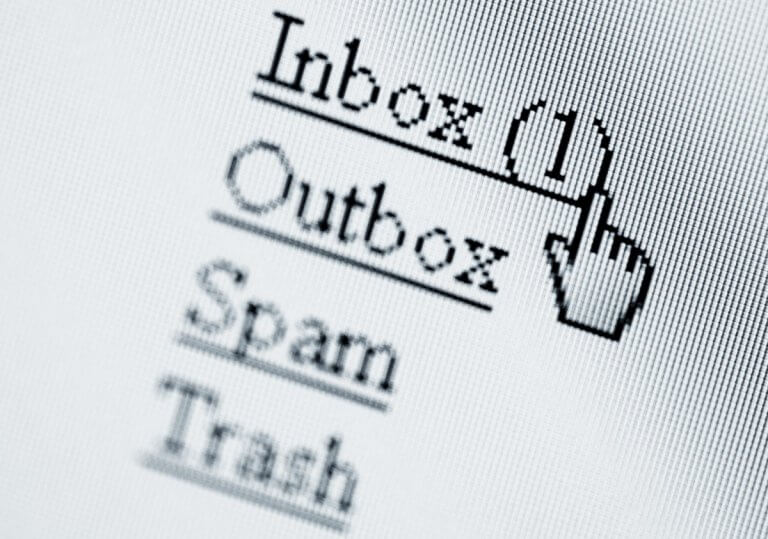
We spend most of our time glued to the internet. Instagramming has become second nature, firing off a Tweet is done with little conscious engagement, and our Googling and online research skills are second-to-none.
For a generation who is the beating pulse of the digital economy, you would think emails would be a well-honed skill in our electronic communication arsenal. But you would be wrong.
University professors have a real gripe with the way some students communicate via email and the lack of professionalism that emerges from even the most studious of students.
Here are a few handy hints to make sure you hit the right note and don’t worry about how your email will be received…
the more i read this email from my lecturer the funnier it gets pic.twitter.com/ykPSnMoTQP
— remedie amoris (@gothtitty) October 2, 2018
To send or not to send?
Before opening your Gmail, take a minute to think if you really need to send your query and if email is the best medium to communicate. Ask yourself these quick questions:
- If a question can wait, it is better to ask in person (before, during or after class)?
- If you are asking for feedback on a paper, exam or other classwork, it is better to visit your lecturer during office hours?
- Are you asking multiple questions? If you are, it may be better to go during office hours.
- Is the information readily available online? Or is it information your professor has already given you? (e.g., in the syllabus).
- If you’re emailing about missing a class, have you checked the professor’s policy about missed classes? This can usually be found on the syllabus or class module website.
If you’ve run through these questions and are still confident you need to email, it’s time to start writing.
How to give the right impression
Remember, your relationship with your professor is a professional one, at least at the beginning of the course. The better you get to know them – and they, you – the more relaxed you can become, but as a starting rule – keep it formal.
waited 35 minutes for my lecturer to turn up today, she didn’t turn up so we left. just received this email from her… she was in the wrong room NEXT DOOR TO US. i’m dropping out. pic.twitter.com/MbtyuFWAbD
— mols (@ATYMol) 1 October 2018
- Always use their university email address…and make sure it’s the right one.
- Keep it formal: start with “Dear Professor …”
- Identify yourself straight off the bat and say what course you’re studying with them.
- Get straight to the point – odds are lecturers have been bombarded by emails from umpteen students, so make sure your request is clear, concise and comes at the beginning of the email.
- Keep it short – as above, your professor will have limited time and doesn’t want to hear your life story. Be specific so they know exactly what it is you’re after and can offer an easy, no-thought-required solution.
- Keep it polite with your ending – just a simple “Thank you” is usually a safe bet when signing off. If it’s more formal, maybe stretch to a “Regards” or “Sincerely.”
- Don’t use slang or abbreviations – what passes as acceptable in text message is not appropriate in academic communications, so steer clear of any “lol” or “imho.”
You’ve nearly crafted the perfect email. Before you hit send, give it another once-over. Check for spelling and grammar errors, and see if you can make it any shorter and waffle-free.
Then go for it!
If you’ve followed these essential rules, no lecturer should ever complain about your first-grade emailing prowess.
Liked this? Then you’ll love these…
King’s College London tells students their emails may be monitored
This student emailed every Claudia on campus to find his long-lost tinder match







